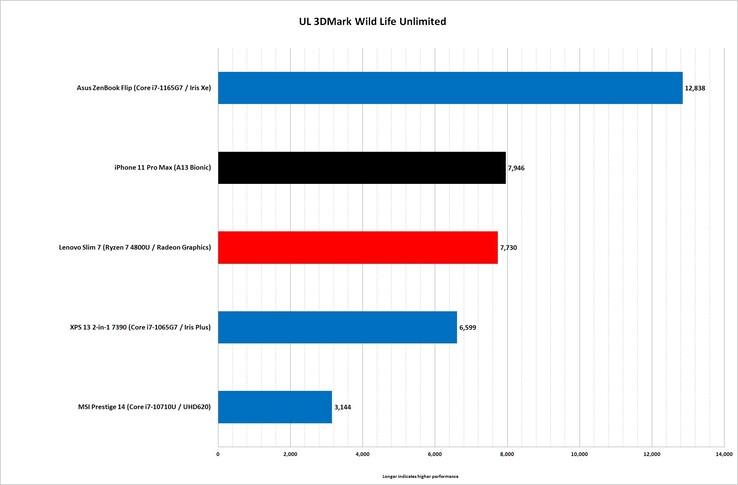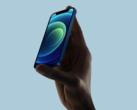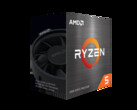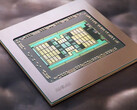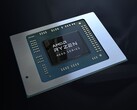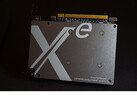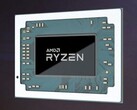Futuremark recently launched a cross-platform 3DMark GPU benchmark suite called Wild Life that mostly targets Android / iOS devices as well as Windows-based laptops. Mixing all these devices together might not be such a good idea, as they tend to have different uses, but, admittedly, mobile GPUs have come a long way in the past several years, especially considering how Apple is pushing its Bionic SoCs. Exactly how much faster are these Apple GPUs now? According to some 3DMark Wild Life tests performed by the guys over at PCWorld, Apple’s A13 Bionic GPUs found in the iPhone 11 Pro Max can even beat the top Ryzen 4000U APUs with Vega 8 iGPUs and Gen 10 Intel Iris Plus G7 iGPUs.
Now, it is worth noting that this is just a synthetic test that runs on the Vulkan API for Windows and Android devices, while the iOS devices use the Apple Metal API. The Vulkan API is not really that popular compared to DirectX on Windows-based devices, hence hardware manufacturers do not exactly focus on optimizing their products for it. In contrast, the Metal API is Apple proprietary and far more optimized for the Apple hardware. This extreme optimization in Apple’s products can also explain why the Cupertino company ditched Intel and is now seeking to produce its own ARM-based laptop-grade CPUs. Presumably, the A14 Bionic GPUs included in the iPhone 12-series can perform even better. However, PCWorld also tested the new Gen 11 Intel Tiger Lake Iris Xe iGPUs (G7) and these proved to be 62% faster than the Apple A13 Bionic.
Are these synthetic results backed up by real-world use cases? As pointed by our own Iris Xe tests, the synthetic results are not always reflecting how well the iGPUs can perform in certain games. PCWorld is showing an example where the Iris Xe iGPUs are indeed faster than the Vega 8 models, but the difference is less obvious than what the Wild Life test results proved, and we also found instances where the Iris Xe G7 iGPUs are significantly slower compared to what synthetic tests led us to believe. This goes to show that driver optimization is a crucial piece of the puzzle and it looks like some iGPU makers sometimes focus on synthetic results too much.
In the end, PCWorld suggests that we should not mix up device classes when analyzing iGPU performance. In this case, the Apple SoCs should only be compared with other smartphone SoCs like the Qualcomm Snapdragon, Samsung Exynos, Huawei Kirin and MediaTek’s chips, while laptop processors should be evaluated separately.





